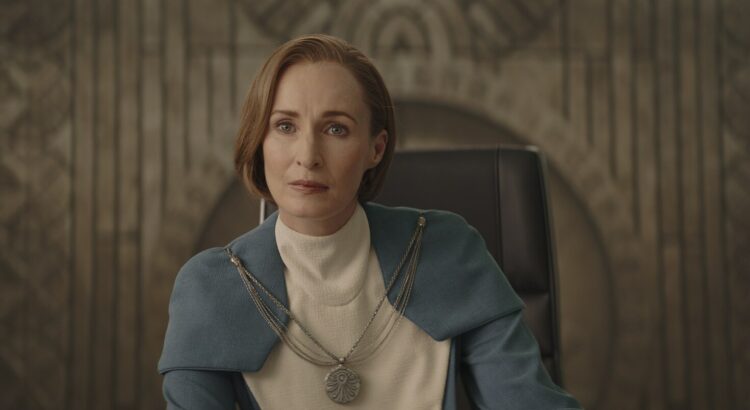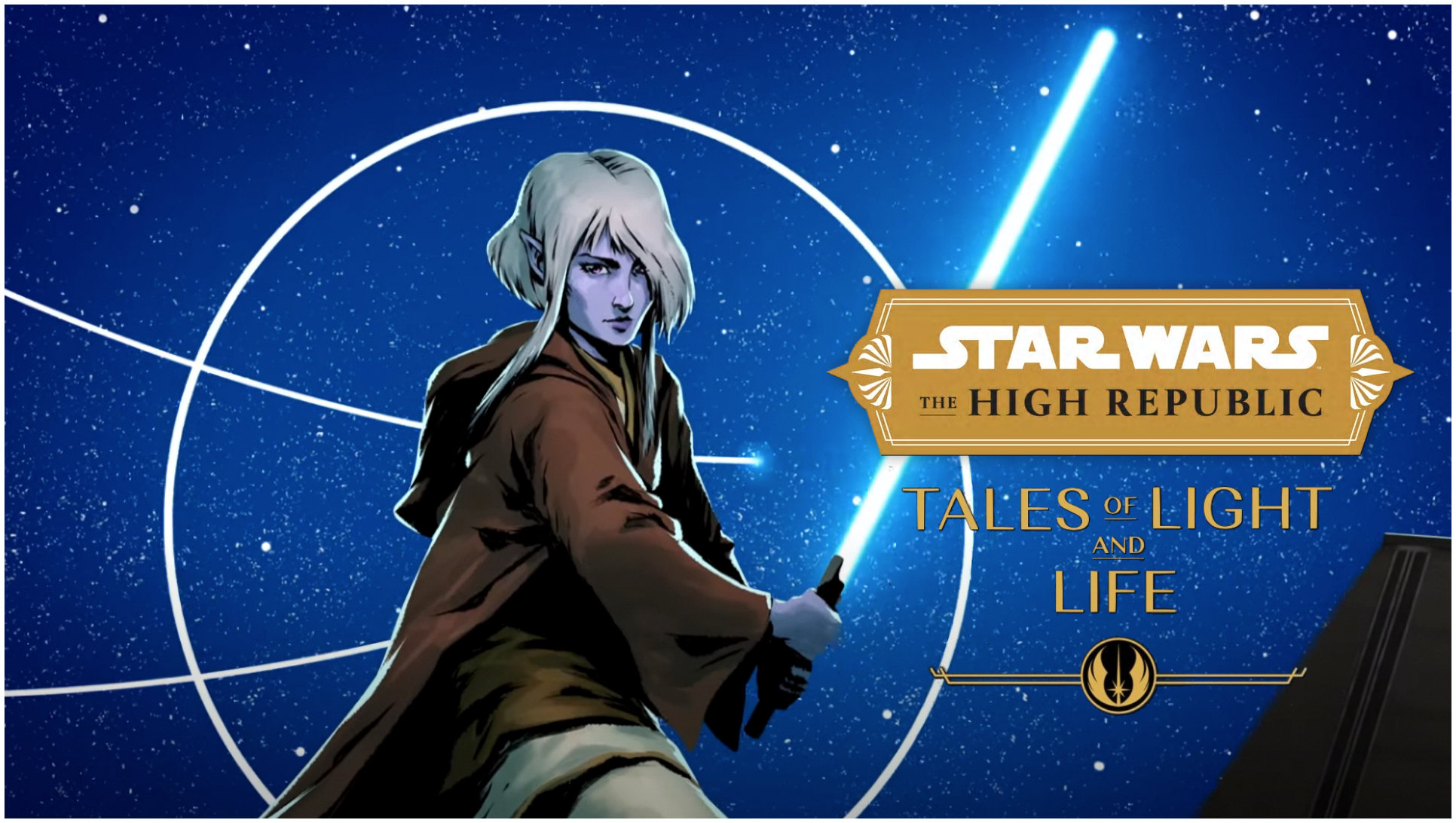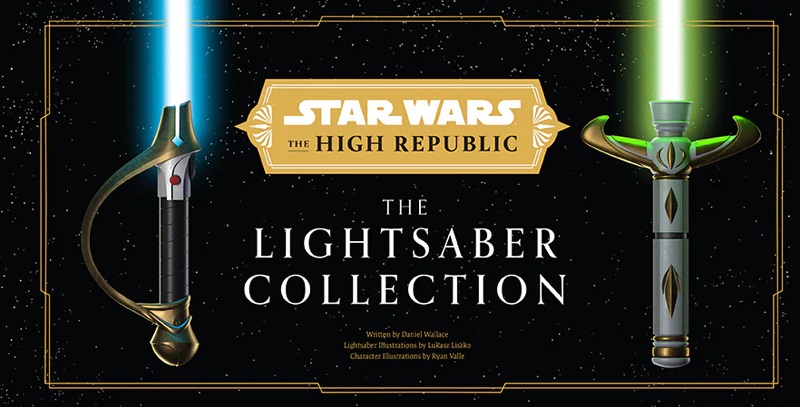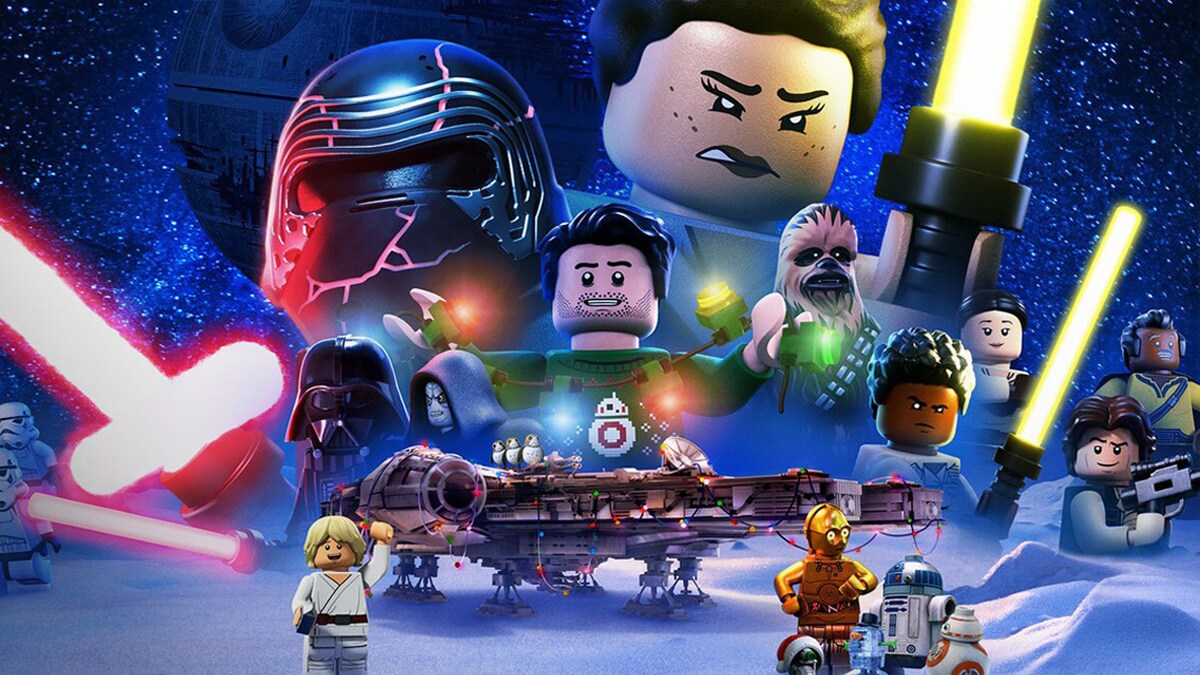In Star Wars, as in real life, diplomacy often feels like a high-wire act performed over a pit of rancors. The Jedi, the Sith, the Galactic Republic, and even the Rebellion engage in political maneuvering that can make or break alliances. Similarly, in our world, diplomacy serves as a crucial tool to avoid catastrophic conflict—when it isn’t undermined by hidden agendas.
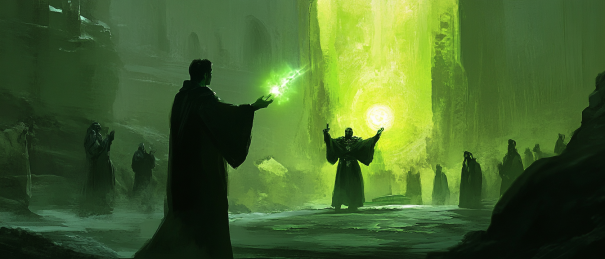
The Jedi as Diplomats: Negotiating with a Glowstick
The Jedi Order, often serving as the Galactic Republic’s diplomatic arm, provides an insightful (and occasionally flawed) model of diplomacy. Jedi are trained to be peacekeepers, skilled negotiators, and, if all else fails, combatants. Their missions highlight both the potential and the pitfalls of blending diplomacy with military capability.
Case Study: Qui-Gon Jinn and Obi-Wan Kenobi on Naboo
In The Phantom Menace, Qui-Gon Jinn and Obi-Wan Kenobi are dispatched to negotiate with the Trade Federation over its blockade of Naboo. Their attempt at diplomacy ends almost before it begins. Why? Because the Federation, under the influence of Darth Sidious, never intended to negotiate in good faith.
This situation parallels real-world instances where diplomacy is a mere facade. The Munich Agreement of 1938, for instance, saw Adolf Hitler pledge peace while preparing for war. The lesson here is clear: diplomacy is only as effective as the willingness of both parties to engage honestly.
The Politics of the Senate: Democracy’s Slow Death
The Galactic Senate, ostensibly the heart of the Republic’s democracy, provides another cautionary tale. Bureaucratic inefficiency and political corruption render it vulnerable to manipulation by Emperor Palpatine, whose rise to power mirrors historical figures who exploited democratic systems to install authoritarian regimes.
The Rise of Palpatine: A Case of Manufactured Crisis
Palpatine’s orchestration of the Clone Wars is a masterclass in manipulation. By creating a conflict between the Republic and the Separatists, he positions himself as a savior while consolidating power. This echoes historical examples such as the Reichstag Fire of 1933, which Adolf Hitler used to justify sweeping emergency powers.
The takeaway? Diplomatic institutions crumble when leaders exploit fear and division for personal gain.
War as a Continuation of Diplomacy (with Blasters)
Star Wars demonstrates that when diplomacy fails, war often takes its place. Yet, even in the midst of galactic-scale battles, the seeds of negotiation are ever-present. Real-world conflicts, from the Cold War to the Middle East, show a similar pattern: war and diplomacy are two sides of the same coin.
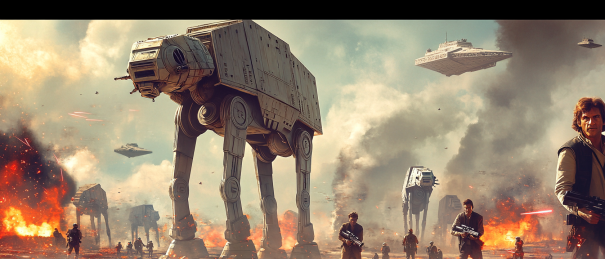
The Clone Wars: The Art of Proxy Conflicts
The Clone Wars, a sprawling conflict depicted in films, animated series, and books, is essentially a galaxy-wide proxy war. On one side is the Republic, backed by the Jedi; on the other, the Separatists, manipulated by Dooku. Both sides are ultimately controlled by Palpatine, ensuring a win-win scenario for the Sith.
Proxy Wars in History
The Clone Wars mirror real-world proxy conflicts such as the Vietnam War and the Cold War. Just as Palpatine arms both sides, superpowers like the United States and the Soviet Union used proxy states to wage ideological battles without direct confrontation. These conflicts highlight the complexity of modern warfare, where the true enemy is often hidden in the shadows.
The Battle of Scarif: Sacrifices for the Greater Good
Rogue One gives us the Battle of Scarif, where the Rebels make a desperate attempt to secure the Death Star plans. This operation is a blend of espionage and full-scale war, underscoring the sacrifices required to achieve strategic goals.
Parallels to Real-World Military Operations
The Battle of Scarif draws comparisons to missions like D-Day during World War II, where Allied forces undertook a massive, risky operation to turn the tide of the war. In both cases, success depended on individuals risking everything for the greater good. The lesson here? Even in war, calculated risks and personal sacrifice can lead to monumental outcomes.
The Role of Non-State Actors in Galactic and Earthly Conflicts
The Star Wars saga often focuses on non-state actors like the Rebel Alliance and the Resistance. These groups, fighting against powerful empires, demonstrate the challenges and opportunities of asymmetrical warfare.
The Rebel Alliance: David vs. Goliath
The Rebel Alliance’s struggle against the Galactic Empire provides a textbook example of asymmetrical warfare. Lacking the resources and manpower of the Empire, the Rebels rely on intelligence, guerrilla tactics, and symbolic victories—such as the destruction of the Death Star—to inspire support.
Lessons from Insurgencies
Real-world parallels include the American Revolution and the Vietnam War. In both cases, smaller forces used unconventional tactics to undermine a larger, better-equipped adversary. The Rebels’ success teaches us that ideology and persistence can sometimes outweigh sheer firepower.
The Ewoks: Unlikely Heroes of Endor
The Battle of Endor (Return of the Jedi) introduces the Ewoks, whose primitive weapons and guerrilla tactics help defeat the technologically superior Empire. While this might seem implausible (or downright ridiculous), it actually aligns with historical examples of indigenous forces leveraging their environment to outmaneuver invaders.
Historical Echoes
From the Viet Cong in Vietnam to the Zulu resistance against British colonial forces, history shows that local knowledge and unconventional tactics can neutralize even the most advanced military technologies. Never underestimate an opponent with home-field advantage—and a few well-placed traps.
Diplomacy During War: Finding Hope Amid Conflict
Even amid galactic chaos, diplomacy occasionally breaks through. These moments remind us that dialogue can coexist with conflict and that war doesn’t always preclude the possibility of peace.
Leia Organa: Diplomacy in Action
Leia Organa, a princess, senator, and general, embodies the balance between diplomacy and military leadership. Her efforts to recruit allies for the Rebel Alliance demonstrate the importance of building coalitions, even in wartime.
Diplomatic Outreach and Coalition Building
Leia’s work mirrors real-world figures like Winston Churchill, who tirelessly worked to secure Allied support during World War II. Her efforts emphasize that successful diplomacy often requires persistence, persuasion, and personal connection.
The Treaty of Mandalore: A Fragile Peace
The Treaty of Mandalore, depicted in The Clone Wars, is a rare instance of successful diplomacy in the Star Wars timeline. This agreement temporarily stabilizes the conflict on Mandalore, showcasing the potential for negotiated settlements even in seemingly intractable disputes.
Lessons from Modern Peace Treaties
The Treaty of Mandalore echoes modern agreements like the Good Friday Agreement, which brought relative peace to Northern Ireland. Both examples highlight the importance of compromise, trust-building, and enforcement mechanisms in achieving lasting peace.
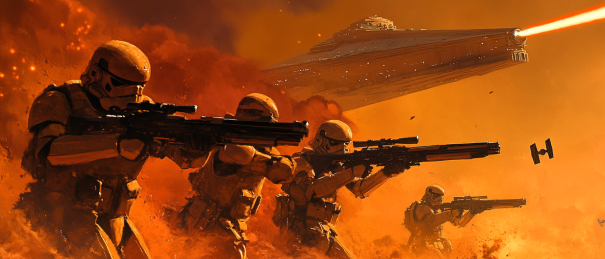
The Dark Side of Diplomacy: When Negotiation Fails
Not all diplomatic efforts in Star Wars lead to positive outcomes. Sometimes, negotiations are manipulated or exploited, leading to disastrous consequences.
The Jedi Purge: A Failure of Trust
The fall of the Jedi Order is, in part, a diplomatic failure. By placing their trust in Palpatine and becoming generals in the Clone Wars, the Jedi compromise their neutrality and alienate potential allies. This makes them vulnerable to Order 66.
Lessons from Historical Betrayals
The Jedi Purge can be compared to the Night of the Long Knives in 1934 Germany, where Hitler eliminated political rivals to consolidate power. Both cases illustrate the dangers of underestimating a manipulative adversary and overextending one’s influence.
The Moral Ambiguity of War and Diplomacy
One of Star Wars’ greatest strengths is its refusal to paint conflicts in black-and-white terms. Heroes make questionable decisions, villains occasionally act out of genuine belief, and the lines between good and evil blur.
Cassian Andor: The Cost of Rebellion
In Rogue One, Cassian Andor admits to committing morally questionable acts for the sake of the Rebellion. This reflects the ethical dilemmas faced by resistance movements, where the ends often justify the means.
Real-World Ethical Dilemmas
From the use of atomic bombs in World War II to covert operations during the Cold War, history is rife with examples of morally ambiguous decisions in wartime. Star Wars reminds us that even noble causes can have dark undertones.
Conclusion: Lessons for Our Own Galaxy
Star Wars offers more than epic battles and iconic characters; it provides a lens through which we can examine the interplay of diplomacy and war. From the dangers of authoritarianism to the power of grassroots resistance, the galaxy far, far away holds a mirror to our own history and politics.
The key takeaway? Diplomacy and war are not opposites but intertwined forces. Diplomacy must be robust enough to prevent conflict, and when war becomes unavoidable, it must remain guided by principles that prioritize peace. Whether we’re negotiating trade deals or deciding the fate of a Death Star, the lessons of Star Wars remind us that our choices define the kind of galaxy we build—one of tyranny or hope.


